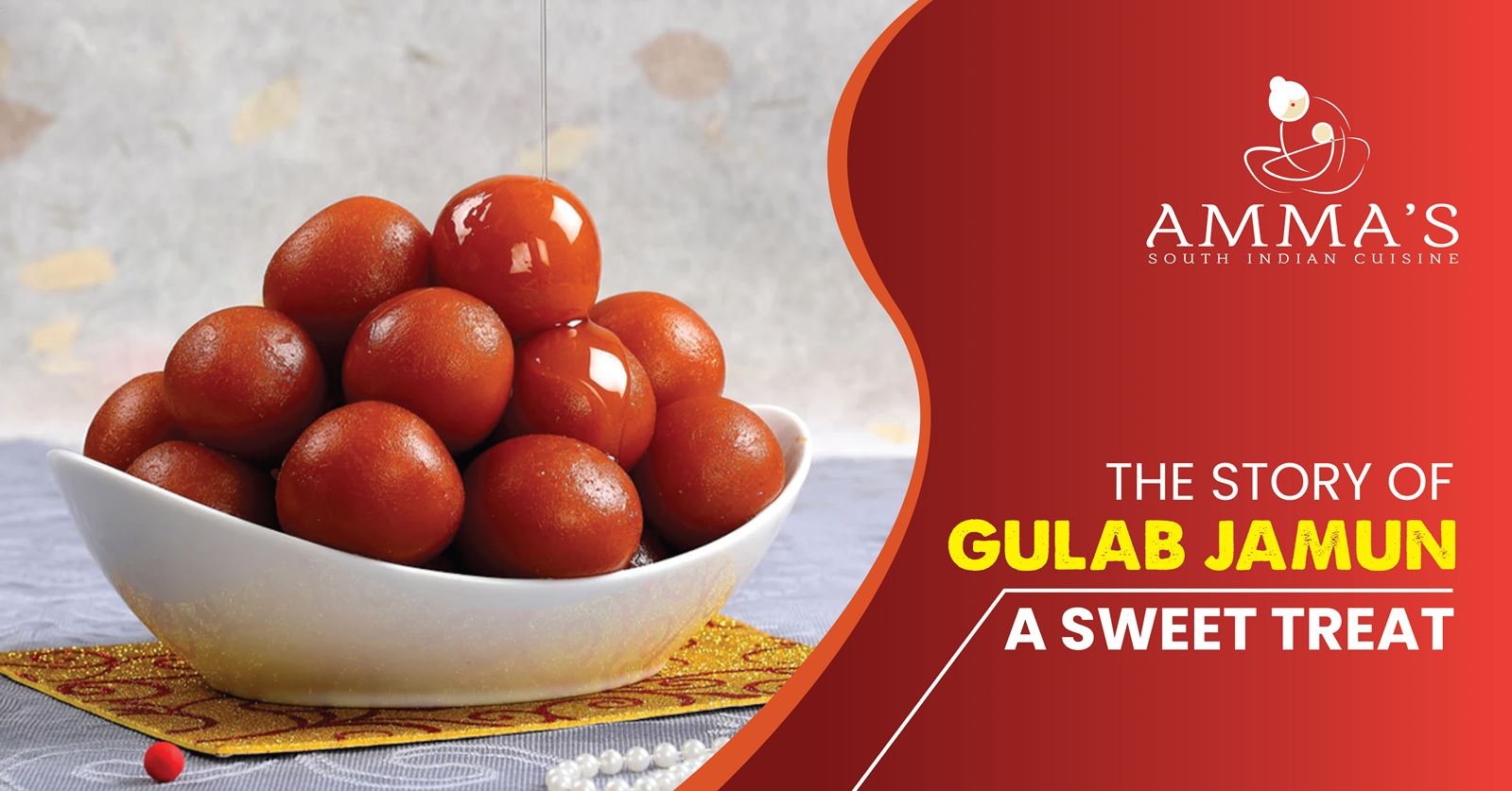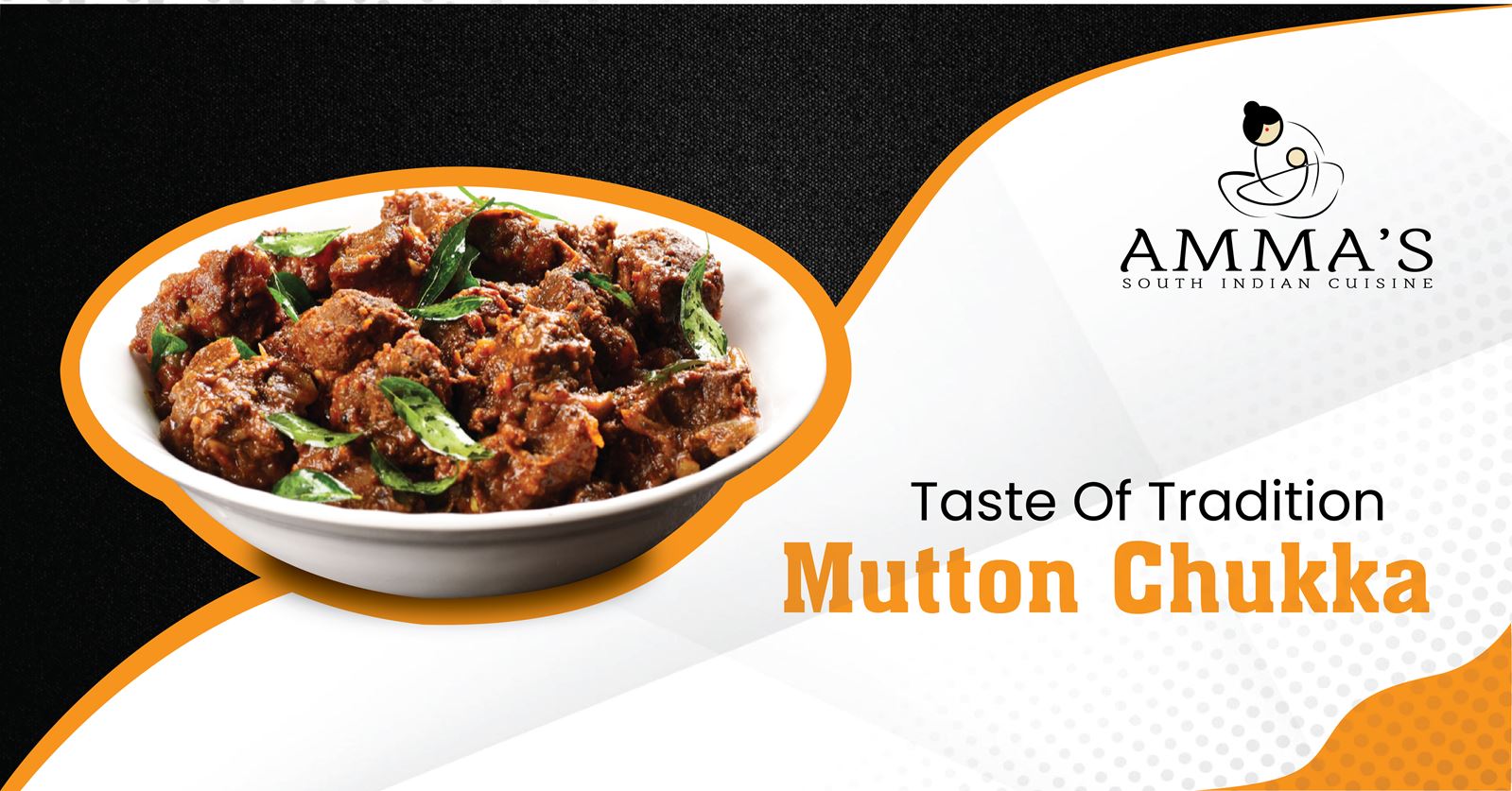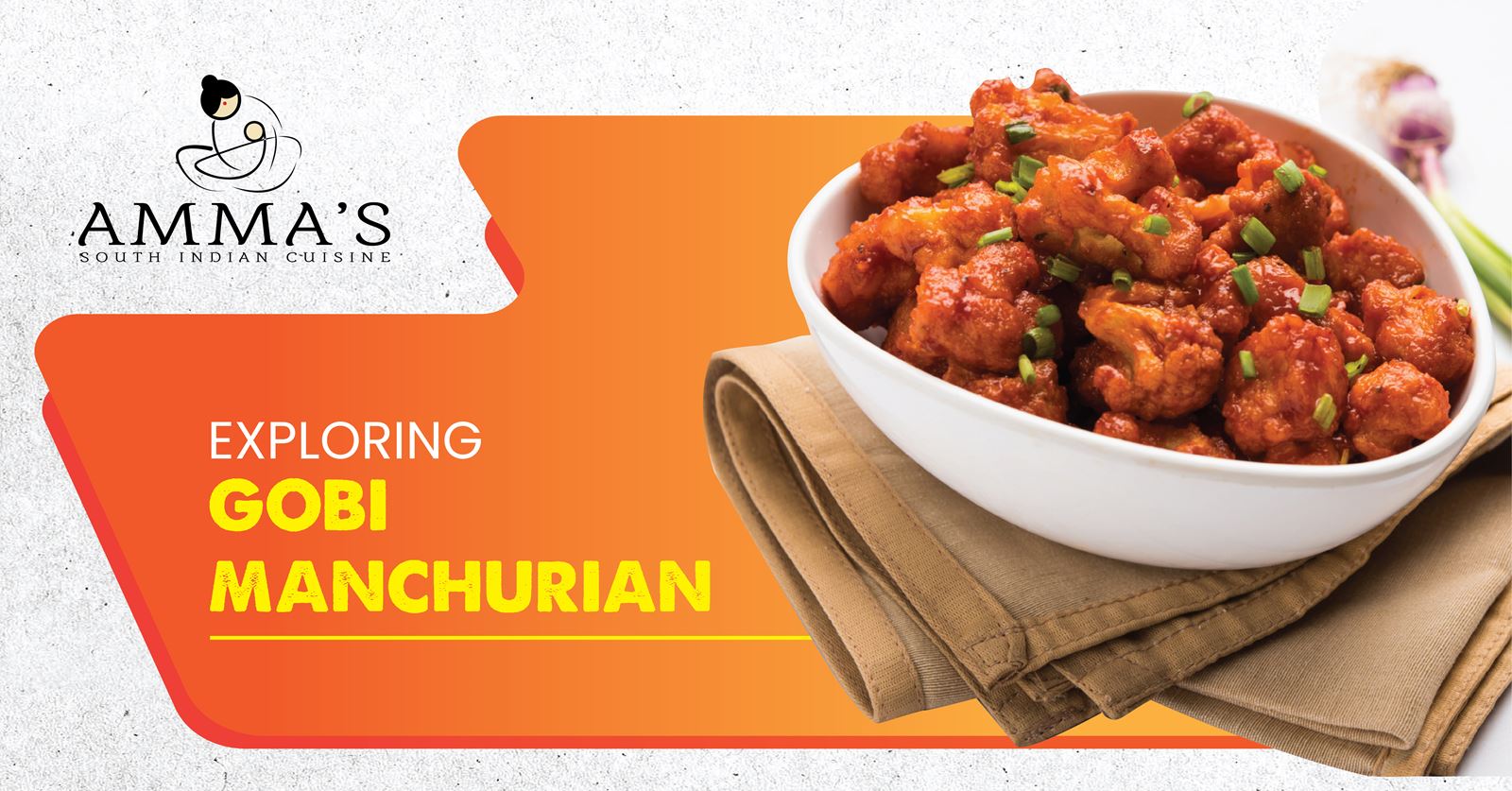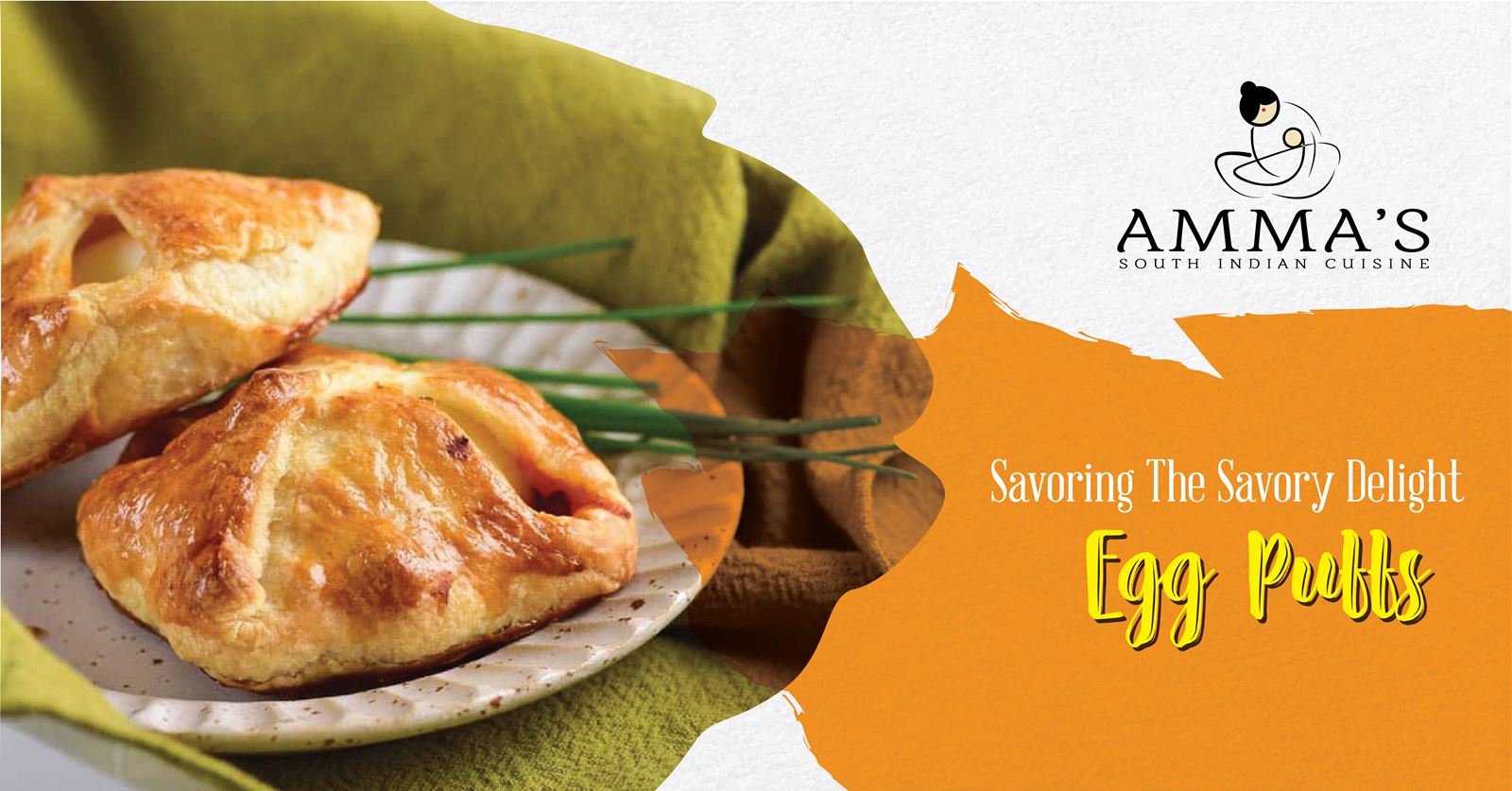LEAF PLATTER OF INDIA LEAVES YOU MYSTIFIED
Our rich and diverse culture make us proud of standing out in this world, and one of our cultural antics include food served on a plantain leaf than on silverware or chinaware. You heard it right, and no, it doesn’t make us neanderthals. While the world relishes a seven-course meal on bowls and plates, we, South Indians, prefer to have our variety of dishes served on a plantain or banana leaf. In addition, there are also plates and cups made out of stitching leaves of trees such as banyan or jackfruit. It’s been in our tradition since ages to using such plates and we stick by it for its own cultural, religious, medicinal, and socio-economic reasons.
Eco-Friendly:
We all are aware of the significant change in our planet’s climate. Using styrofoam or disposable plates not only pollutes our immediate habitat but also makes it harder for us to dispose them as they are not biodegradable. The leaf plates are environment friendly, biodegradable, amenable for longer duration and storage and can be easily disposed of.
Healthy Antioxidants:
Banana leaves are packed with a rich amount of polyphenols such as epigallocatechin gallate, or EGCG, which is also found in green tea, which is a natural antioxidant. These polyphenols are absorbed by the food served on the leaf and help prevent many ailments, leading you to a healthy life. The leave plates also exhibit significant anti-bacterial and antifungal properties against various bacteria and fungi, and thus protect us from the environmental and food borne pathogens.
Economical:
Unlike fancy silverware and disposable styrofoam plates, serving a meal on a banana leaf doesn’t burn a hole in your pocket. It’s very inexpensive and can be used almost immediately after a single wash.
Hygienic:
Apart from containing healthy antioxidants, banana leaves are a hygienic option to feast on as well. The synthesized chemicals that are used to wash utensils, more often than not, are not properly washed off. This leaves behind a few traces that contaminate your food. Banana leaves have a natural wax coating that prevents harmful dust and dirt from sticking on the surface. This wax also adds a subtle earthy flavour to your meal.
Cultural and religious significance of leaf plates:
Offering naivedyam on a single broad banana leaf or plate made up of leaves is one of the forms of expressing reverence to God. After offering the naivedyam to the deity, it becomes prasadam that is distributed on God’s name to the devotees. It is a popular belief that eating prasadam cures diseases and controls the wrongdoing of humans. According to Acharya Charaka, the leaves are extremely modest and during the practice of eating food on a leaf plate with hands, the touch connects all the sense organs with mind. The custom of serving meal on leaves and leaf plates is considered as pure and good practice during various occasions such as marriages and birthdays.
To become a South Indian, you have to take the ultimate test that includes the banana leaf: Eating a serving of rasam rice with appalam on a banana leaf without letting a single drop of rasam spill on yourself! Are you ready to take the South Indian Challenge?
